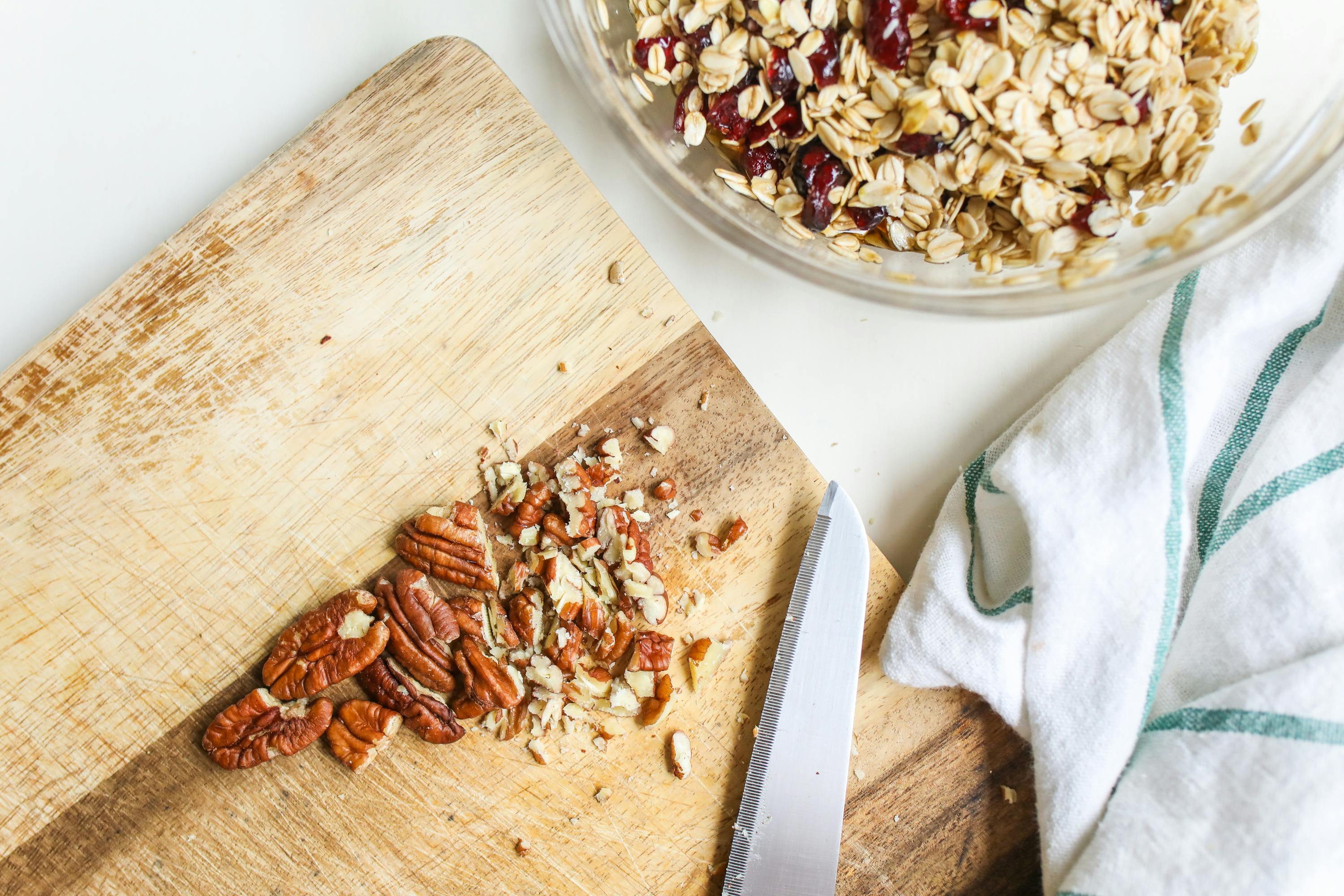Strawberry cultivation – In Kenya
Did you know that from an eighth of an acre piece of land, you could reap as much as Ksh 100,000 per month growing strawberries?
The most popular category of strawberries planted by most farmers in Kenya is the Chandler type, as it grows quickly, produces large fruits that are more flavorful and juicy, and the plant is easy to manage. Seedlings can be expensive but there is a way around this as one can simply propagate a few seedlings to get more seedlings to plant in their grow space.
Seedlings come in the form of divisions which can cost at least Ksh 15/= per division which can be purchased from Kalro Njoro/Thika, Directorate of Horticulture or Department of Crops, Horticulture and Soils (Egerton University). These institutions produce quality planting materials.
soil preparation
For starters, this strawberry variety is not that picky about soils, it can grow well in both clay and red volcanic soils as long as you treat the soil well before planting and add enough organic manure (chicken waste, rabbit urine and /o Inorganic manure that is good for top dressing can be used at later stages of plant development.
Seedlings should be planted at the end of the rainy season and incorporating a good drip irrigation system into your small plot is essential for best results. in case you cannot afford this system you can go for sprinkler irrigation system or just buy a sprinkler can and water yourself but this would consume much of your time and energy as the soil must be moist in all times. The plant has shallow roots and therefore water is a critical element of survival.
Heave up the soil from your plot in beds that run parallel to each other about 2 feet apart. When planting, make sure that there is a distance of 30 cm from one division to the other.
Choose areas that receive plenty of sunlight as the plants are very reactive to frost.
During the first season of flower production, pinch the flowers to ensure better berry production in the following season.
Introduce mulch as the plant grows 2 cm above the ground to help control weeds.
Diaznon, Kelthane and other appropriate acaracids and pesticides can help control pests and diseases.
Harvest
Harvest when the tops of the berries are completely red. Once picked, it does not continue to ripen like other fruits. However, this fruit is highly perishable and refrigeration at a constant temperature of 4 degrees Celsius can help keep it fresh for seven days. Note that you should not wash or allow water to come into contact with the berries unless you are ready to eat them. Picking the fruit during the morning hours also increases shelf life.
Because the fruit is highly perishable, make sure you have a market ready before harvest time arrives.
The direct community would be a good place to start marketing your strawberries. Local greengrocers, restaurants and other small users such as pastry chefs are also good buyers of strawberries in Kenya. Industries that produce food flavors, natural flavored yogurt, jam, etc. they also buy strawberries.
For a more practical approach to this type of farming, feel free to check out the fourth episode of the Mkulima ni Ujuzi YouTube channel, where a couple in Ruai explains their experience with strawberries. Success!
You should definitely try this.
